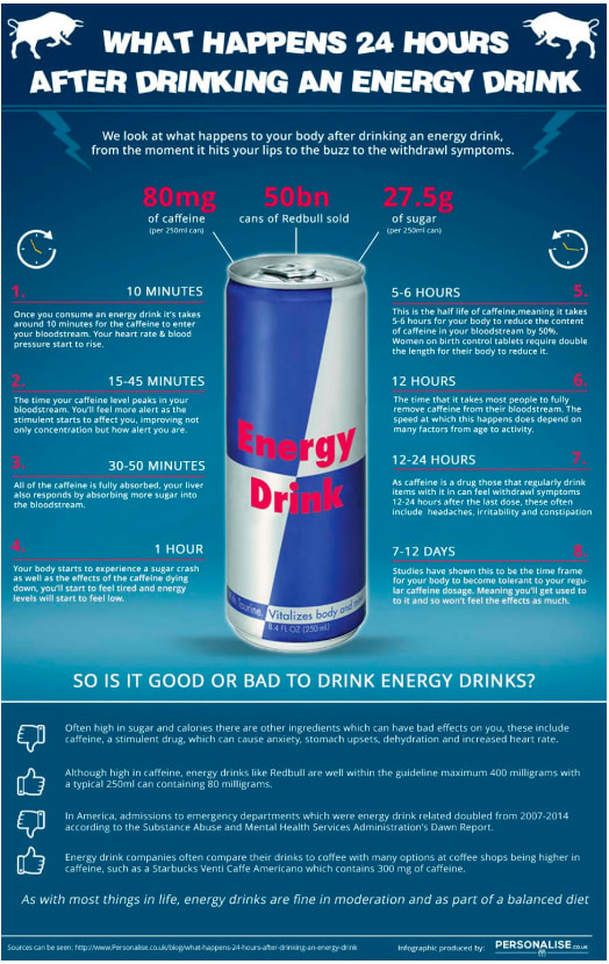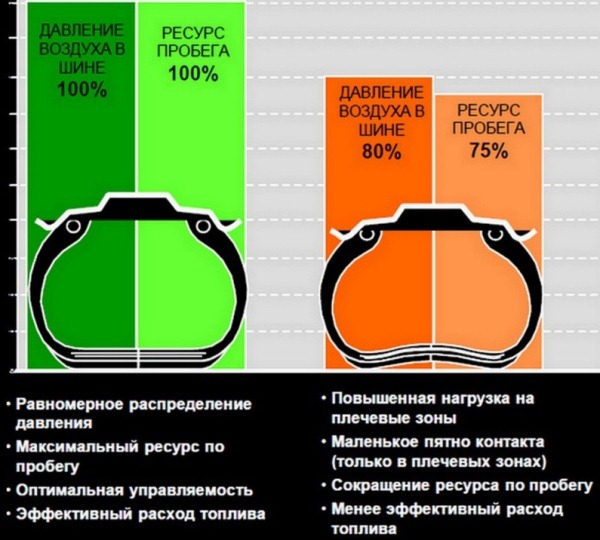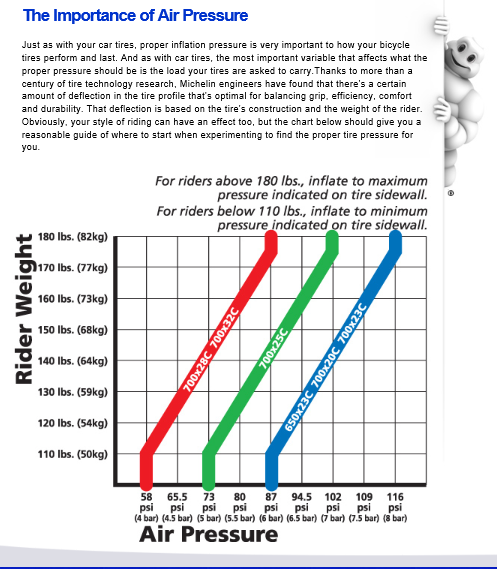Ask Question
Asked
Modified 2 years, 5 months ago
Viewed 128k times
Witnessed a recent debate about what is the appropriate temperature to check tire pressure at. The debate centered around warm or cold, there wasn't an exact temperature given by any of the parties.
What is the appropriate time to take your tire pressure and fill your tires?
When they are warm or when they are cold?
Why should tire pressure be taken at that particular time of warm or cold?
4
Cold. All OEM's door placards specify the tire pressure be set when the tires are "cold". But what is cold? From a random Honda owners manual:
Measure the air pressure when tires are cold. This means the vehicle has been parked for at least three hours, or driven less than 1 mile (1.6 km). If necessary, add or release air until the specified pressure is reached. If checked when hot, tire pressure can be as much as 4–6 psi (30–40 kPa, 0.3–0.4 kgf/cm2) higher than if checked when cold.
Note: This means ambient outside air temp, not inside a warm garage.
Low tire pressures carries far higher risk than high pressure. Since low pressure causes tire heating which leads to rapid deterioration and possible explosion. Low tires also cause poor handling due to higher flexibility in the sidewalls.
High pressure carries a shorter list of problems; The smaller and misshaped contact patch increase centerline wear and can reduce road friction.
The OEM's want the pressure on the higher end of the allowed range because of the lower risk and the pressure is going to drop naturally.
8
Concerning hydroplaning (aquaplaning), higher than recommended tire pressures, and braking/steering "grip", let´s remove unnecessary complication/confusion. The factors at hand are #1 Contact surface of the tire with the pavement, #2 Tire capability to pump water through the groves, #3 Suspension behavior. The more contact surface... the better the braking/steering. You want friction.That simple!! Overinflation reduces contact surface. With proper remaining grooves, the tire will pump out water "adequately", this meaning that any and all tires will start hydroplaning to some degree after a given speed (Square root of tire pressure in Lb. x 9 = Initial hydroplaning speed MPH) is a close enough calculation, let´s be practical and not "millimetric"). Obviously, if you are driving in 4 inches of water no tire in the world is going to pump all that out. High tire pressures induce a harder and longer suspension travel and, especially with old or oil shock absorbers that loose performance as they heat up and part of the oil becomes "bubbly" due heat, there is a segment of time with no tire contact at all with the road when the tire is between the max up travel from a given "bump" on the road and rebound. The engineering departments of the manufacturers of our vehicles have tested behavior in just about every possible driving condition, from the brrrrrr of Sweeden to the Saudi deserts (the Europen ones do) so... just follow the Vehicle Manual in ALL aspects. If you want to go to extremes... under certain conditions is possible to get hydroplaning... in a completely dry road, providing air humidity and temperature are high enough. In aviation all cockpit flight crews kept that in mind. I hope I helped a bit.
The engineering departments of the manufacturers of our vehicles have tested behavior in just about every possible driving condition, from the brrrrrr of Sweeden to the Saudi deserts (the Europen ones do) so... just follow the Vehicle Manual in ALL aspects. If you want to go to extremes... under certain conditions is possible to get hydroplaning... in a completely dry road, providing air humidity and temperature are high enough. In aviation all cockpit flight crews kept that in mind. I hope I helped a bit.
Asked
Modified 1 year, 5 months ago
Viewed 3k times
I've read conflicting ideas regarding tire pressure for wet conditions.
from an active.com article:
decreasing tire pressure does indeed help. By decreasing pressure, you
increase the size of the tire's contact patch on the road. The lower the pressure, the more tire is touching the road, and the more grip you will have.
from a motorcyclecruiser.com article:
A slight increase in tire pressure also improves the wet-weather traction of any tire. Increasing your tire pressure by five p.s.i. or less helps to cut through the film of water and prevent hydroplaning.
These could both be accurate and if so, what is the consensus on tire pressure for riding in wet conditions. City streets and highways vs. race track if applicable.
This advice/information comparing car and bicycle tires and their tendency to hydroplane by Sheldon Brown maybe helpful.
My takeaway from reading this is:
If you have a "car like" tire with a wide contact patch that can trap water tread and contact area can help with wet weather traction,
If you have a "bike like" tire with an essentially round cross section and a small and round contact patch hydroplaning is very unlikely. On a motorcycle, I would expect that even round section tires have a proportionally larger and wider contact patch than a bicycle does, so increasing the tire pressure would help by reducing the size of the contact patch and making the leading edge of the patch rounder.
On a motorcycle, I would expect that even round section tires have a proportionally larger and wider contact patch than a bicycle does, so increasing the tire pressure would help by reducing the size of the contact patch and making the leading edge of the patch rounder.
In the answers to What is the recommended type of tire for riding on wet pavement? from SE Bicycles there is a graph showing the relationship between tire pressure and hydroplaning speed for a number of different tire types. That might also be helpful for sorting out the different points of view.
2
On the streets, it's not worth changing the tyre pressures for conditions. While a change might help a little with the water, anything more than 1 to 2 psi will affect bike handling.
Changes to handling from increased/decreased pressure will be more dangerous than the slight extra grip is worth. Easier and safer to just slow down a little..jpg)
On the track, somewhat different rules apply, since you're not so likely to be dodging less aware drivers. I can't make a recommendation for track. On the track, it's worth considering tyre temperature as well, A stiffer (higher pressure) tyre won't warm up as fast, as there's less sidewall flex.
The load carrying capacity of a tire (LI) is itself determined by two factors, namely its size and tire pressure. So, logically, larger tires and higher operating pressure can provide higher load-bearing capacity. Of course, small ones and with less working pressure have a lower load-bearing capacity. Everything is logical here.
However, here I would like to focus more not even on tire sizes, but on their pressure. After all, it is the pressure in the tires that affects wear, the contact of the tires with the road, as well as the effect of aquaplaning in the case of a wet road.
So, let's go through the well-known axioms. An uninflated tire will tend to wear the shoulder area of the tread much more than the center of the tire. In this case, insufficient air pressure in the tire will allow the center of the tread to be overly flexible, and thus deflect from its fair share of the bearing weight. A tire inflated to its nominal value provides the center with adequate air pressure support, and thus an even load distribution over the entire tread area in the contact patch with the road.
Also, a higher tire pressure can bend the center, thereby transferring the area of increased wear on the tread from the edges to this very center. Which is also not good.
All this is what we are for. While most drivers recognize this effect on wear and rolling resistance, not many people think about how such tires affect the hydroplaning effect. Namely, we would like to devote further material of the article to this effect.
First, again about dogmas. We all know that water does not compress very well, but almost does not compress. This is one of its differences from the air with which we pump tires. As a result, when a tire hits a water spot on the road, the water simply has nowhere to go. There are two options. Water will either be squeezed out through the grooves of the projector, or the tire will simply run into water that did not have time to get out from under the wheels, and thus a water cushion will be created, providing the same aquaplaning effect. So, these are thoughts that do not require proof. What about tire pressure? How do changes in pressure in them affect hydroplaning?
We all know that water does not compress very well, but almost does not compress. This is one of its differences from the air with which we pump tires. As a result, when a tire hits a water spot on the road, the water simply has nowhere to go. There are two options. Water will either be squeezed out through the grooves of the projector, or the tire will simply run into water that did not have time to get out from under the wheels, and thus a water cushion will be created, providing the same aquaplaning effect. So, these are thoughts that do not require proof. What about tire pressure? How do changes in pressure in them affect hydroplaning?
Fortunately, there are large tire manufacturing companies that are able to carry out research work to improve the quality and performance of tires. It is to the Michelin study that we will turn.
Further, we will simply give dry facts, at the end of which we will draw the appropriate conclusion.
First. The tire is inflated to 35 psi and just sits in the water
In fact, this is the best contact patch possible. The nominal working pressure for the tire, there are no dynamically changing values.
The nominal working pressure for the tire, there are no dynamically changing values.
Second. The same tire, but now at 60 mph, about 96 km/h. Noticeable loss of contact with the road.
Now let's start to lower the tires. Same tire, same speed, 30 psi pressure. The contact got worse.
Release the pressure a little more. Reading again for a speed of 96 km / h, but with a pressure of 25 psi. Here, in the center, the contact disappeared altogether, the edges remained.
In fact, the result is the same for the hydroplaning effect as for tire wear, with which we actually began our article. To ensure the most reliable contact, check, adjust and set the tire pressure in accordance with the nominal and recommended.
It is this strategy that will minimize the risk of aquaplaning of tires and, in general, the entire car on the road.
Well, it remains for us to once again confirm the truth that it is not worth experimenting and deviating from the conditions provided by tire designers and manufacturers. First of all, we are talking about “playing with pressure” in tires. After all, those who are professionally engaged in their business are not dumber than us...
First of all, we are talking about “playing with pressure” in tires. After all, those who are professionally engaged in their business are not dumber than us...
Of course, the load carrying capacity of a tire (LI) is determined by two factors, namely its size and tire pressure. So, logically, larger tires and higher operating pressure can provide higher load-bearing capacity. Of course, small ones and with less working pressure have a lower load-bearing capacity. Everything is logical here.
However, here I would like to focus more not even on the tire sizes, but on their pressure. After all, it is the pressure in the tires that affects wear, the contact of the tires with the road, as well as the effect of aquaplaning in the case of a wet road.
So, let's go through the well-known axioms. An uninflated tire will tend to wear the shoulder area of the tread much more than the center of the tire. In this case, insufficient air pressure in the tire will allow the center of the tread to be overly flexible, and thus deflect from its fair share of the bearing weight. A tire inflated to its nominal value provides the center with adequate air pressure support, and thus an even load distribution over the entire tread area in the contact patch with the road.
In this case, insufficient air pressure in the tire will allow the center of the tread to be overly flexible, and thus deflect from its fair share of the bearing weight. A tire inflated to its nominal value provides the center with adequate air pressure support, and thus an even load distribution over the entire tread area in the contact patch with the road.
Also, a higher tire pressure can bend the center, thereby transferring the area of increased wear on the tread from the edges to this very center. Which is also not good.
All this is what we are for. While most drivers recognize this effect on wear and rolling resistance, not many people think about how such tires affect the hydroplaning effect. Namely, we would like to devote further material of the article to this effect.
First, again about dogmas. We all know that water does not compress very well, but almost does not compress. This is one of its differences from the air with which we pump tires. As a result, when a tire hits a water spot on the road, the water simply has nowhere to go. There are two options. Water will either be squeezed out through the grooves of the projector, or the tire will simply run into water that did not have time to get out from under the wheels, and thus a water cushion will be created, providing the same aquaplaning effect. So, these are thoughts that do not require proof. What about tire pressure? How do changes in pressure in them affect hydroplaning?
As a result, when a tire hits a water spot on the road, the water simply has nowhere to go. There are two options. Water will either be squeezed out through the grooves of the projector, or the tire will simply run into water that did not have time to get out from under the wheels, and thus a water cushion will be created, providing the same aquaplaning effect. So, these are thoughts that do not require proof. What about tire pressure? How do changes in pressure in them affect hydroplaning?
Fortunately, there are large tire manufacturing companies that are able to carry out research work in order to improve the quality and performance of tires. It is to the Michelin study that we will turn.
Further, we will simply give dry facts, at the end of which we will draw the appropriate conclusion.
First. The tire is inflated to 35 psi and just sits in the water.
Actually, this is the best contact patch possible. The nominal working pressure for the tire, there are no dynamically changing values.
Second. The same tire, but now at 60 mph, about 96 km/h. Noticeable loss of contact with the road.
Now let's start lowering the tires. Same tire, same speed, 30 psi pressure. The contact got worse.
Let's take the pressure off a little more. Reading again for a speed of 96 km / h, but with a pressure of 25 psi. Here, in the center, the contact disappeared altogether, the edges remained.
Now about the results
In fact, the result is the same for the hydroplaning effect as for tire wear, with which we actually began our article. To ensure the most reliable contact, check, adjust and set the tire pressure in accordance with the nominal and recommended.
It is this strategy that will minimize the risk of aquaplaning of tires and, in general, the entire car on the road.
Well, it remains for us to once again confirm the truth that it is not worth experimenting and deviating from the conditions that are provided by tire designers and manufacturers.